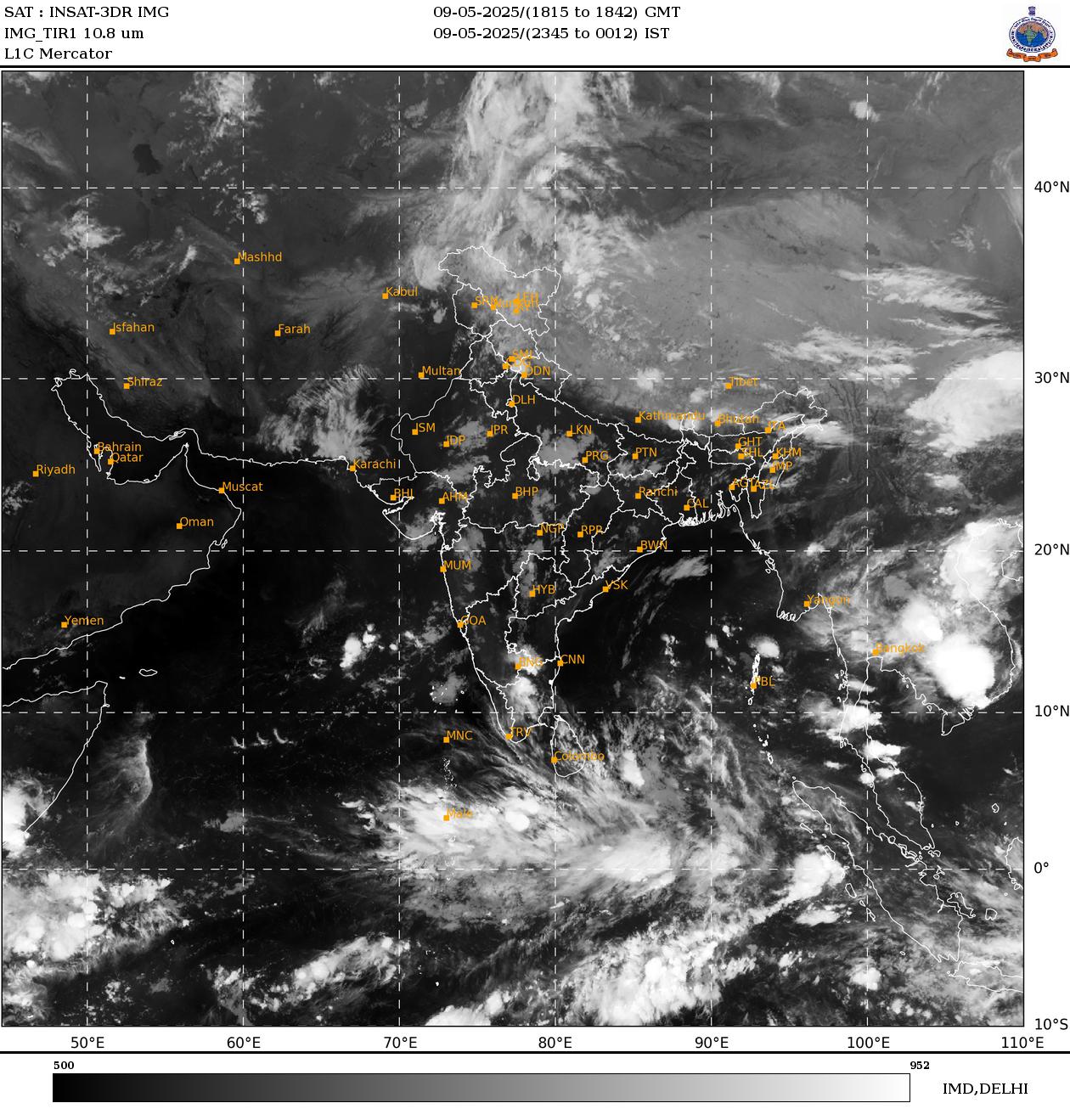Cotton Market Dynamics: Surging Exports, Shifting Trade, and Price Resilience in 2023/24
 ... -
... -
February 10, 2024 In the 2023/24 U.S. cotton balance sheet, higher exports and reduced mill use lead to lower ending stocks despite unchanged production. Globally, decreased beginning stocks and production levels result in a significant drop in ending stocks, while consumption remains steady. China's increased imports contrast with reductions in other key exporting nations, shaping the trade landscape. The market's resilience is underscored by price upticks and shifting dynamics amidst varied regional production and consumption trends.
Highlights
In the 2023/24 U.S. cotton balance sheet, there have been some notable changes compared to the previous month. Despite unchanged production, ending stocks are lower due to higher exports and reduced mill use. Export forecast has been raised by 200,000 bales to 12.3 million, driven by strong shipments and sales so far. Conversely, projected mill use is down by 150,000 bales as domestic spinning activity in the U.S. remains subdued.
As a result of these adjustments, ending stocks are now estimated at 2.8 million bales, representing 20 percent of total disappearance. The upland cotton marketing year average price received by producers is projected at 77 cents per pound, which is 1 cent higher than the previous estimate in January.
On a global scale, 2023/24 cotton ending stocks are nearly 700,000 bales lower this month. This is primarily due to reduced beginning stocks and production, which have led to a decrease in supplies. World consumption remains virtually unchanged, with increases in China and Vietnam offset by decreases in Turkey, the United States, and Thailand.
Beginning stocks have decreased by 250,000 bales compared to January, mainly due to a downward revision in Argentina’s 2022/23 cotton crop. Additionally, projected 2023/24 world cotton production is 355,000 bales lower this month. This reduction is attributed to decreases in Australia and Benin, partly offset by smaller increases elsewhere.
World trade is nearly 200,000 bales lower, primarily because a 500,000-bale increase in China’s imports is outweighed by reductions in India, Pakistan, Thailand, and Turkey. Notably, exports are higher for the United States, Burkina Faso, and Turkey, while lower for Brazil, Argentina, and Australia.
Conclusion
The 2023/24 cotton market showcases dynamic shifts driven by factors like export surges, altered trade patterns, and price resilience amidst global supply and demand adjustments. While the U.S. witnesses lower ending stocks due to heightened exports and subdued domestic spinning, the global scenario reflects a complex interplay of production revisions, consumption patterns, and trade dynamics. China's robust import demand contrasts with decreases in other major exporters, underlining the market's nuanced response to diverse regional influences. Despite uncertainties, price stability hints at market adaptability amidst evolving conditions, signaling opportunities and challenges for stakeholders navigating the cotton landscape.
Most viewed
- Indian Cotton Exports Soar: Projections Reach 22-25 Lakh Bales for 2023-24 Season
- Godrej Agrovet’s crop protection biz unit launches pilot to reach out to cotton growers
- India’s cotton panel CCPC estimates higher crop, export and consumption
- जिरायती कापसाचे पीक यंदाही तोट्यातच
- Cotton Declined After CCPC Increased Crop Production For The Current Season
- Cotton production report 2024 – कॉटन के उत्पादन अनुमान में 5.30 फीसदी की बढ़ोतरी, 309.70 लाख गांठ की उम्मीद
- यंदाच्या हंगामात 25 लाख क्विंटल कापसाची आवक, कोणत्या बाजार समितीत किती आवक?
- महाराष्ट्र की इस मंडी में 8300 रुपये क्विंटल हुआ कॉटन का दाम, क्या कह रहे हैं किसान
- किसान इस समय पर करें कपास की बिजाई, कृषि विभाग ने दी किसानों को सलाह
- Picking underway for Australian cotton with above average crops expected: Cotton Australia
Short Message Board
Cotton Live Reports
Visiter's Status
Visiter No. 32878122Saying...........
One man plus courage is a majority.
Tweets by cotton_yarn



